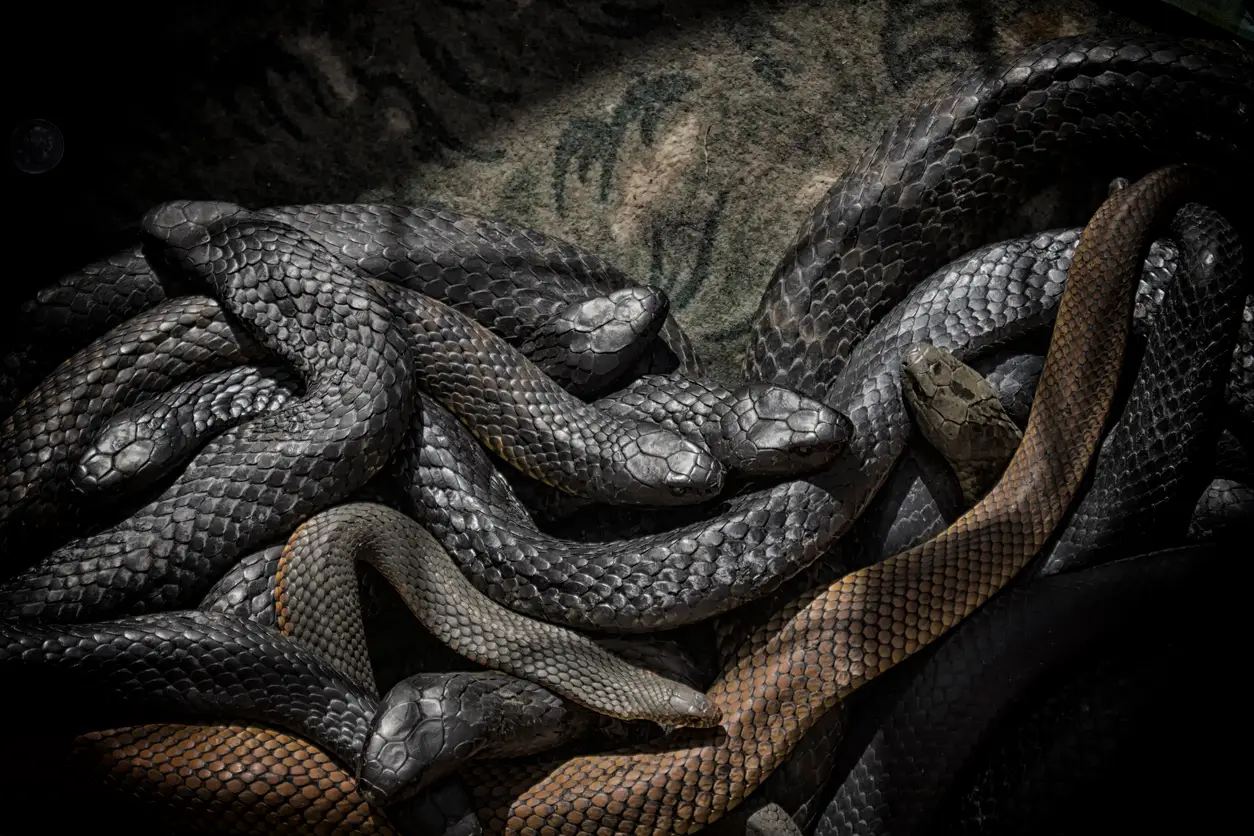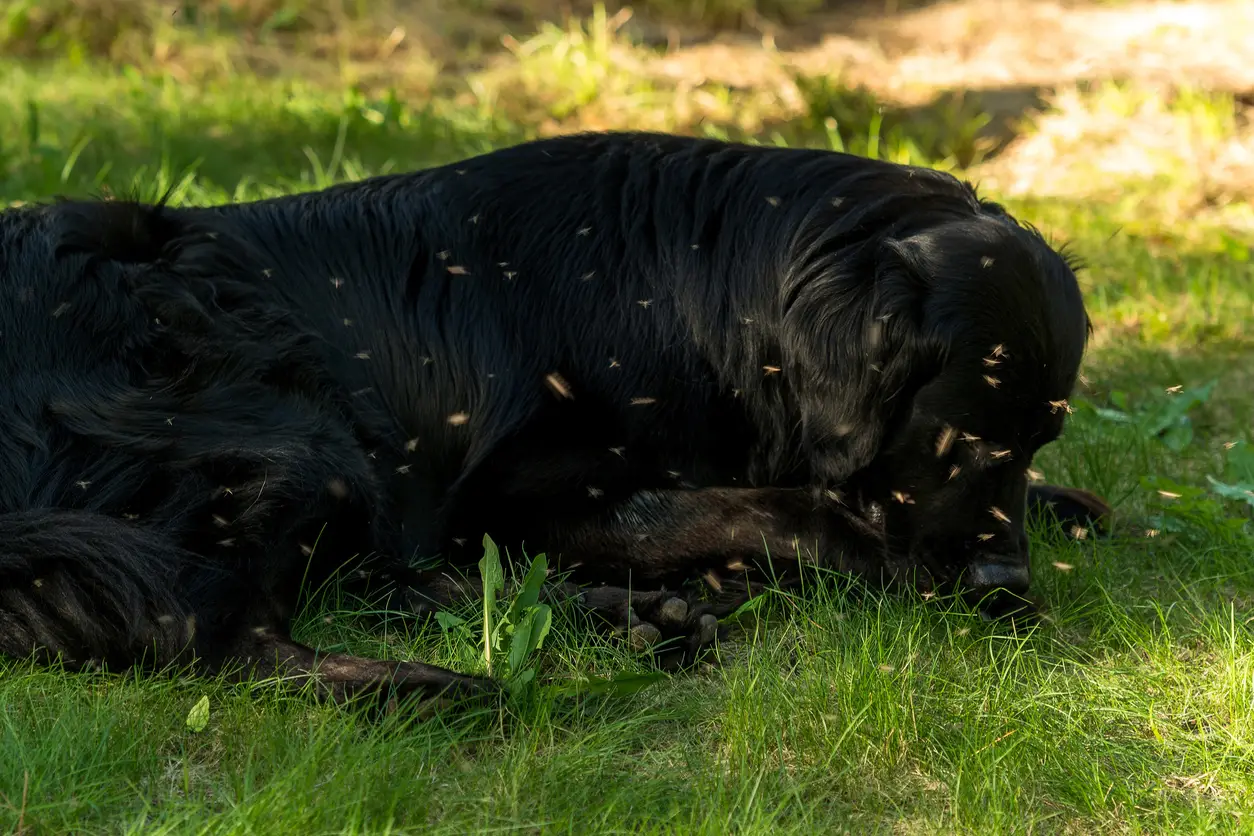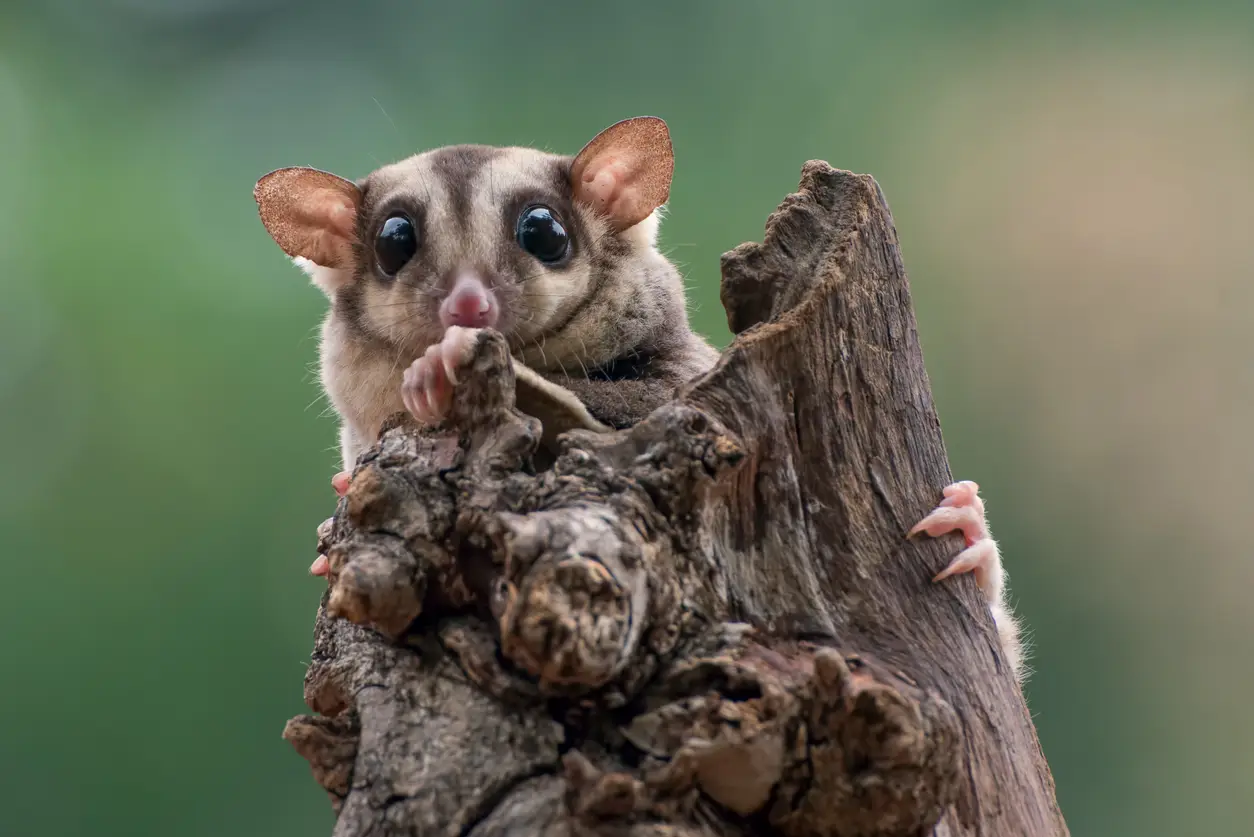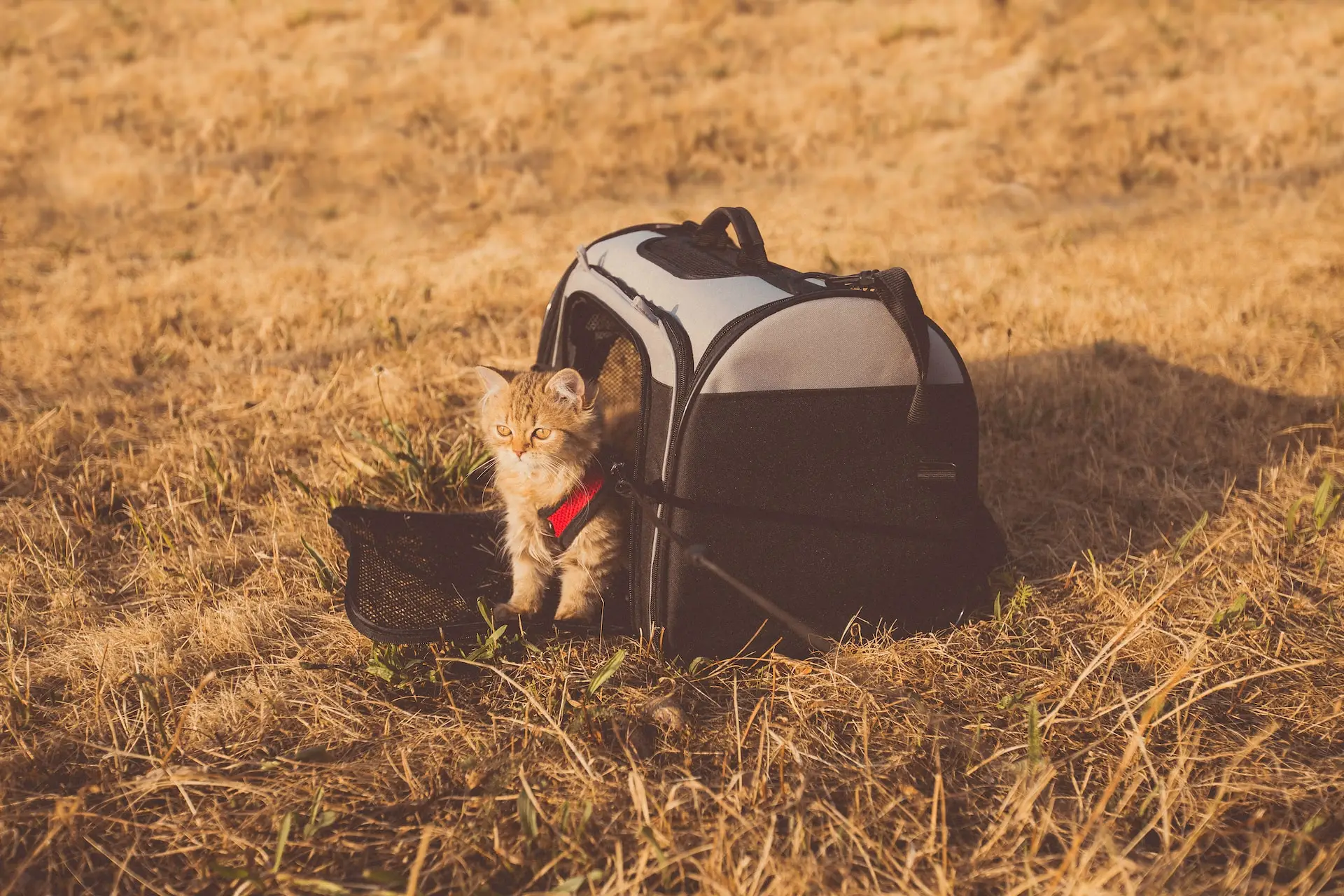Curiosity about the mysterious slithering creatures we encounter in the great outdoors is never-ending. But if one common question lingers in the minds of hikers and nature enthusiasts, it is, “Are black snakes poisonous?” In this comprehensive guide, we’ll dive into the world of black snakes, unveiling the truth behind their patterns, characteristics, and habitats. By the end, you’ll be equipped with the knowledge to distinguish between harmless black serpents and their venomous counterparts. Let’s explore!
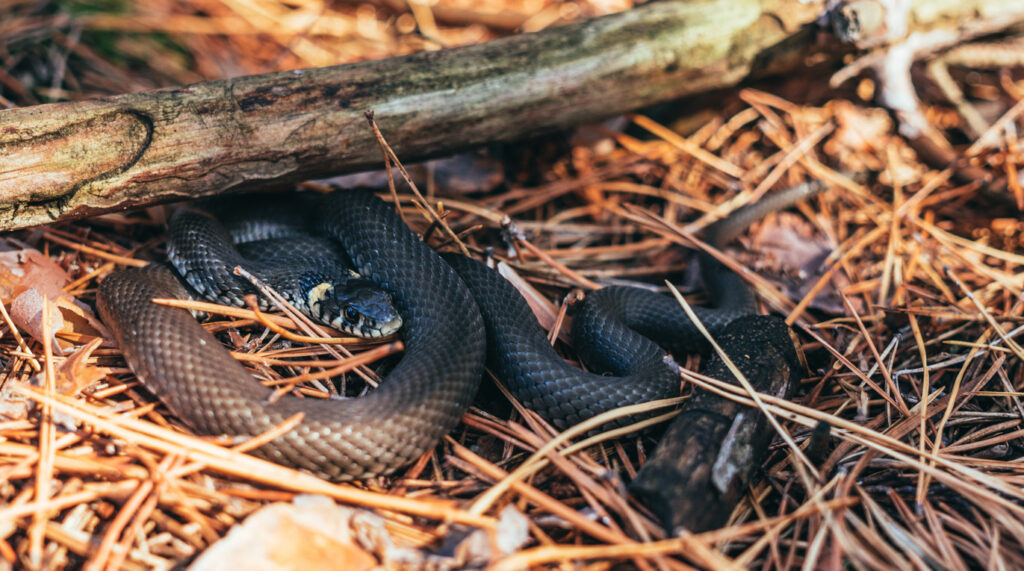
Common Myths & Misconceptions
Before we begin, let’s bust some myths and misconceptions about black snakes that can contribute to misunderstandings and fear. Here are some common myths and misconceptions:
- All black snakes are venomous: This is a widespread misconception. While there are venomous black snakes in Africa, such as the black mamba, many are non-venomous and play crucial roles in controlling rodent populations.
- Black snakes are aggressive: In general, snakes are not naturally aggressive. They may exhibit defensive behaviors if they feel threatened, but most snakes, including black snakes, prefer to avoid confrontations with humans.
- Black snakes are always large: Not all black snakes are giant. Some species of black snakes are relatively small, while others can grow to impressive lengths. The size of a black snake depends on its species.
- Black snakes are attracted to humans: Snakes may be tempted to inhabit areas with rodents, a primary food source. However, snakes do not seek human interaction and would rather avoid contact. Keeping a property free of potential hiding spots and food sources can help reduce snake encounters.
- All black snakes are nocturnal: While some may be more active at night, not all are strictly nocturnal. The behavior of black snakes can vary depending on the species and environmental factors.
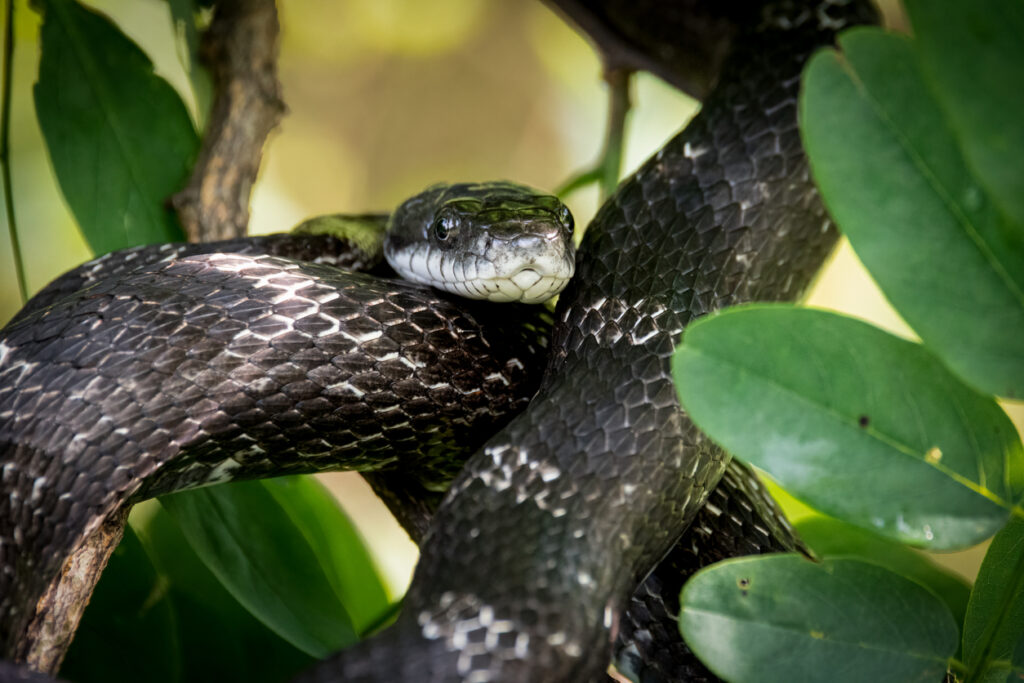
Unveiling the Variety: Types of Black Snakes
Before we embark on the journey of identifying the venomous black snakes, let’s explore the diverse array of these sleek reptiles:
- Eastern Indigo Snake (Drymarchon couperi): This non-venomous giant boasts a glossy black exterior, often reaching lengths up to 8 feet. Native to the southeastern United States, the Eastern Indigo Snake symbolizes resilience and beauty.
- Black Rat Snake (Pantherophis obsoletus): Frequently mistaken for the venomous black racer, the Black Rat Snake is an essential part of the ecosystem. It can be identified by its length (up to 7 feet), keeled scales, and the distinct pattern on its belly.
- Eastern Black Kingsnake (Lampropeltis nigra): With its sleek black body adorned with yellow or white bands, the Eastern Black Kingsnake is a sight to behold. But fear not, this serpent preys on other snakes, making it a friend to humans.
- Cottonmouth (Agkistrodon piscivorus): Also known as the water moccasin, the Cottonmouth is a venomous pit viper with a dark, almost black color. You’ll recognize this snake by its distinctive white mouth, which it displays when threatened.
Identifying Black Poisonous Snakes
Now that we’ve acquainted ourselves with the safe black snakes let’s unravel the mystery of their venomous counterparts. Key characteristics that differentiate venomous from non-venomous black snakes include:
- Head Shape: Venomous snakes typically have a more triangular head than their non-venomous counterparts. This is a result of venom glands located behind their eyes.
- Eye Pupils: While non-venomous black snakes have round pupils, venomous species often sport elliptical or cat-like pupils.
- Scales: Venomous snakes, such as the Cottonmouth and Copperhead, often have heat-sensing pits between their nostrils and eyes, a feature absent in non-venomous black snakes.
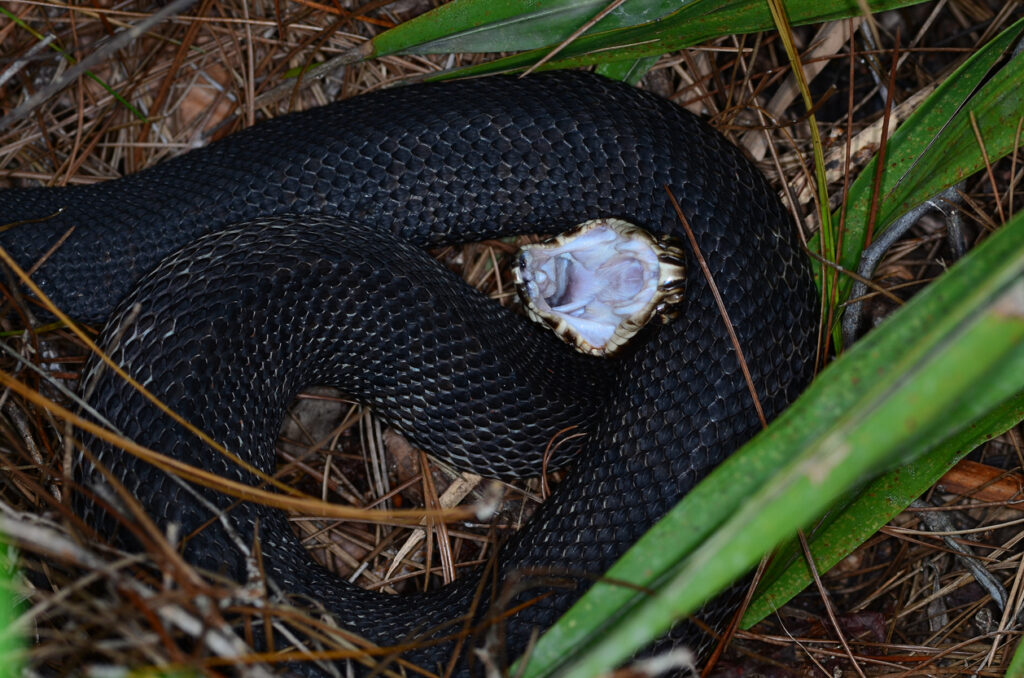
Habitats of Black Snakes
Understanding where different types of black snakes dwell is crucial for coexisting peacefully. Here’s a glimpse into their preferred habitats:
- Woodlands: Many black snakes, such as the Black Rat Snake, find solace in wooded areas where they can easily camouflage amidst fallen leaves.
- Grasslands: The Eastern Indigo Snake thrives in open grasslands, hunting rodents and contributing to pest control.
- Swamps and Wetlands: Venomous snakes like the Cottonmouth are often found near water sources, showcasing adaptability to swampy environments.
Behaviour & Habits
Black snakes exhibit diverse prey preferences, primarily targeting small mammals, birds, eggs, and insects. Notably, some species are recognized for their exceptional rodent control capabilities.
To capture their prey, black snakes employ a combination of stealth and speed. Their hunting techniques vary, with some species displaying adept climbing skills and pursuing prey in trees, while others are ground-dwellers.
Mating rituals among black snakes differ between species, often involving courtship displays and pheromone communication. Additionally, reproduction methods vary, with some species laying eggs and others giving birth to live young. Factors like temperature and food availability influence the timing of their reproductive cycles, highlighting the importance of understanding species-specific behaviors for effective conservation.
Black snakes’ behavior and temperament present a spectrum of characteristics. Depending on the species, they may exhibit nocturnal, diurnal, or crepuscular behavior. While many are solitary, certain species tolerate the presence of others, particularly during mating seasons. The extent of social behavior varies significantly among black snake species, underscoring the need for comprehensive observations for accurate insights.
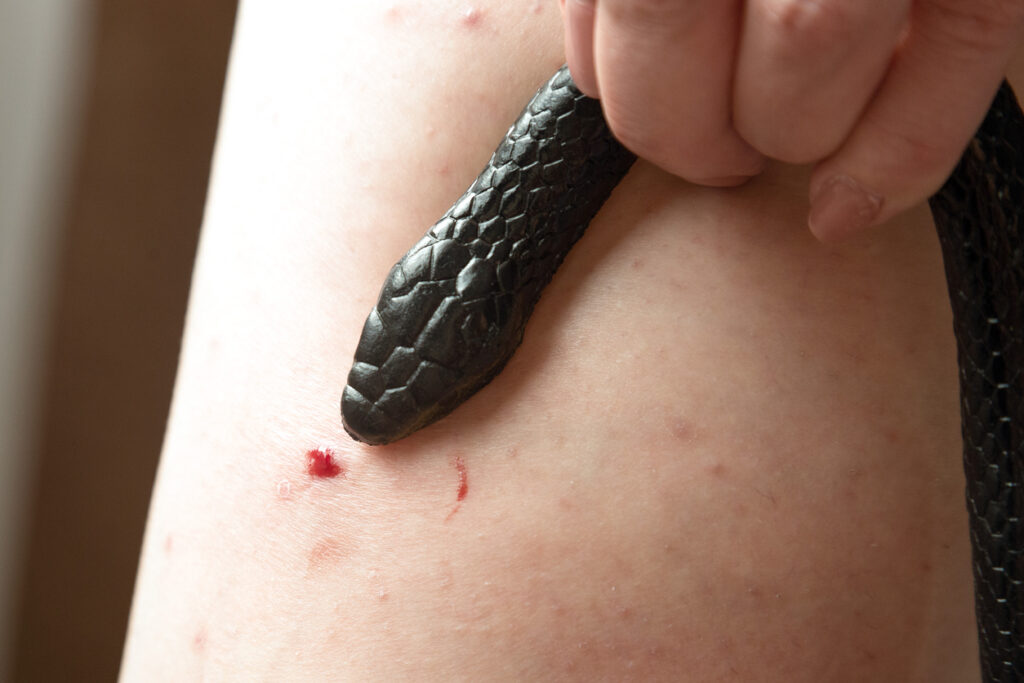
Bitten by a Black Snake? Here’s What to Do
Despite our best efforts, snake bites can happen. If a black snake bites you, it’s essential to remain calm and follow these steps:
- Identify the Snake: Try to remember the snake’s features to help medical professionals provide the appropriate treatment.
- Clean the Wound: Wash the bite area gently with soap and water to reduce the risk of infection.
- Immobilize the Area: Keep the bitten limb immobilized and at or slightly below heart level to slow down the spread of venom.
- Seek Medical Attention: Regardless of whether you think the snake is venomous or not, seek immediate medical attention. Antivenom may be necessary for certain species.
Conclusion
In the captivating realm of black snakes, knowledge is your greatest ally. You’ll coexist harmoniously with these fascinating creatures by familiarizing yourself with their patterns, characteristics, and habitats. Remember, “are black snakes poisonous?” is just the beginning of a journey into the intricate world of these slithering wonders. Happy exploring!
